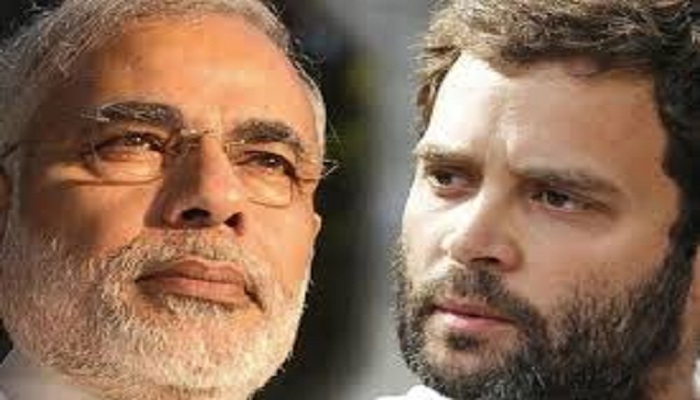
After the first phase for 89 Assembly seats, it is difficult to tell which way the wind is blowing as both the ruling Bharat Janata Party, led by Narendra Modi, and Rahul Gandhi-led Congress are locked in a closely-fought battle for power.
This time, the voting trend in Gujarat is not clear with varied reports coming from rural and urban Gujarat. This, perhaps, is the reason why both the main political parties, the BJP and the Congress, are claiming to have performed better than previous years.
With the second phase of voting on December 14, both the parties want to build on to the momentum and garner a bigger vote share in the Gujarat Assembly election.
Political pundits are divided over the voting trends this year and while many feel the BJP holds an edge in the state, others believe that the Congress’ position in the state may get a boost.
WHO WILL PATIDARS SUPPORT?
On Saturday, Saurashtra-Kutch and south Gujarat voted in the first phase of Gujarat Assembly election. According to the Election Commission, 68 percent voting was recorded in the first phase, which is a near 3 percent drop from the 70.75 percent recorded during the first phase of Gujarat election in 2012.
Of the regions that voted in the first phase, Saurashtra holds prominence, accounting for at least 54 Assembly seats in Gujarat. Saurashtra, a Patidar-dominated region, has traditionally been a BJP stronghold.
This year, however, the region witnessed 64 percent voter turnout as against 70 percent in 2012. The dip in voting percentage across all districts in Saurashtra may be a cause of concern for the BJP.
Gujarat Central University professor Jai Prakash Pradhan said that it was believed that the Patidars were angry with the BJP but the same was perhaps not visible during the first-phase voting on Saturday.
Political commentator and social activist Ashim Roy, however, said that it could be difficult for the BJP to repeat its previous performances in Saurashtra. He said that the Patidar vote, which earlier went to the BJP, looks divided this time, and the Congress could gain from that.
TRIBALS OPT FOR CONGRESS?
In south Gujarat, which accounts for 35 Assembly seats, areas like Narmada, Bharuch, Deeng, Tapi, and Valsad are tribal-dominated. According to Jai Prakash Pradhan, Chhotubhai Vasava’s friendship with the Congress may pose some problems for the BJP in tribal-dominated areas.
Ashim Roy said that south Gujarat has a large population of farmers and traders and while the BJP, to a large extent, has managed to address the concerns of traders, it may not have entirely succeeded in dousing the anger of farmers. Rural areas in south Gujarat saw an impressive voter turnout on Saturday.
As political analysts find it difficult to read the Gujarat voter’s mind this time, both the BJP and the Congress are confident of a victory in one of the most politically-charged states.

Post Your Comments